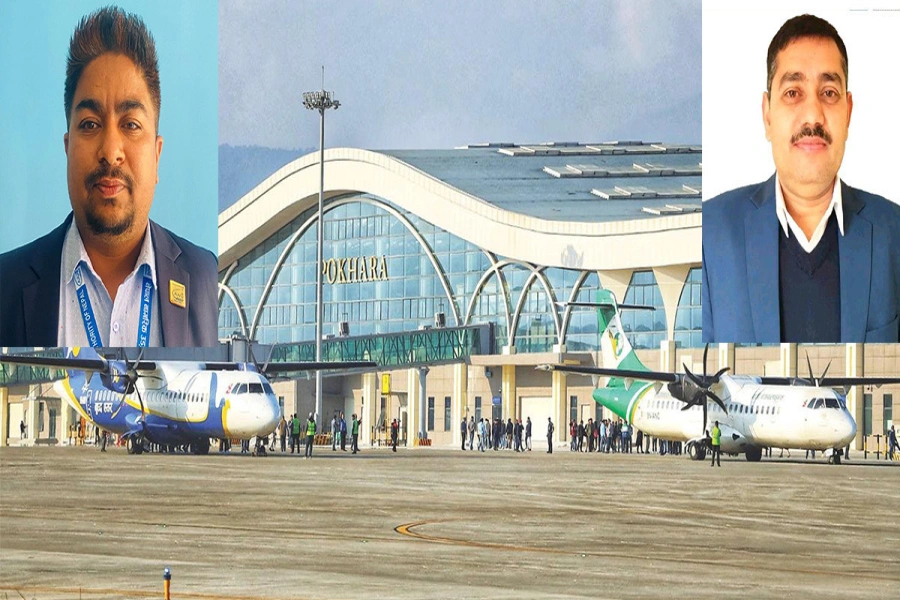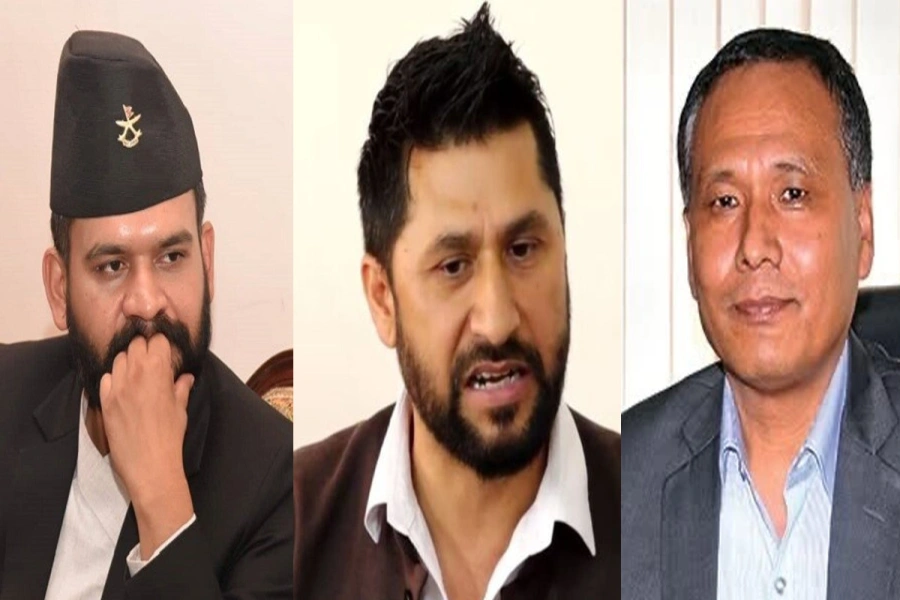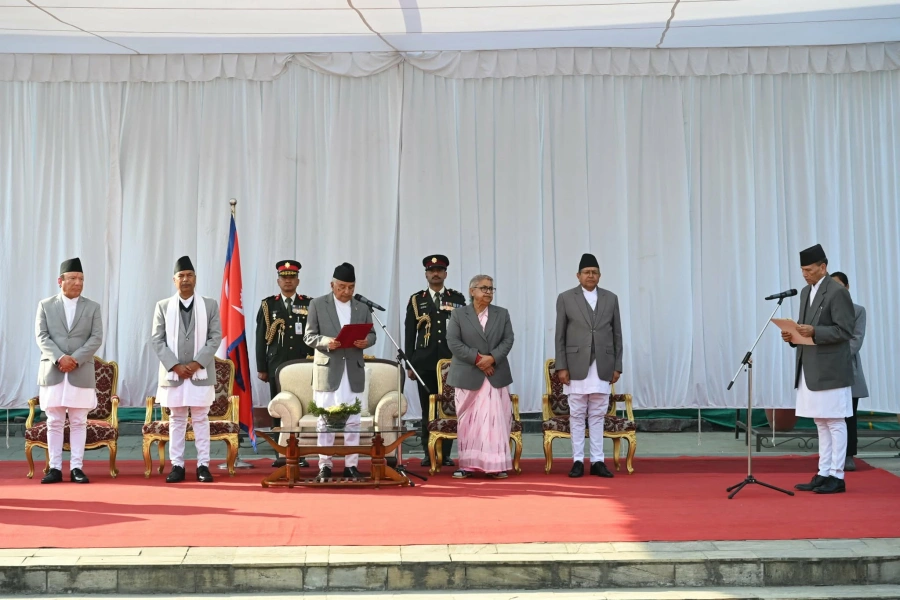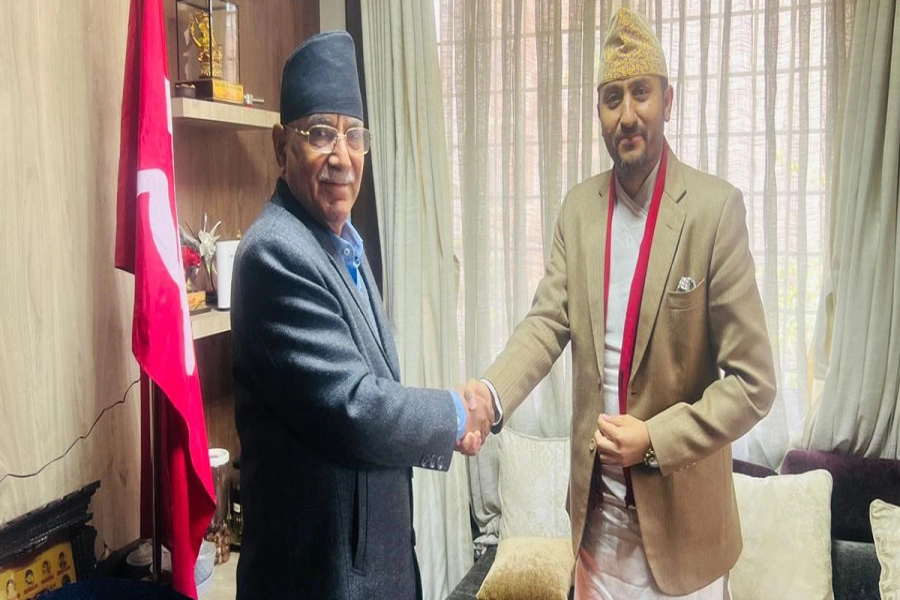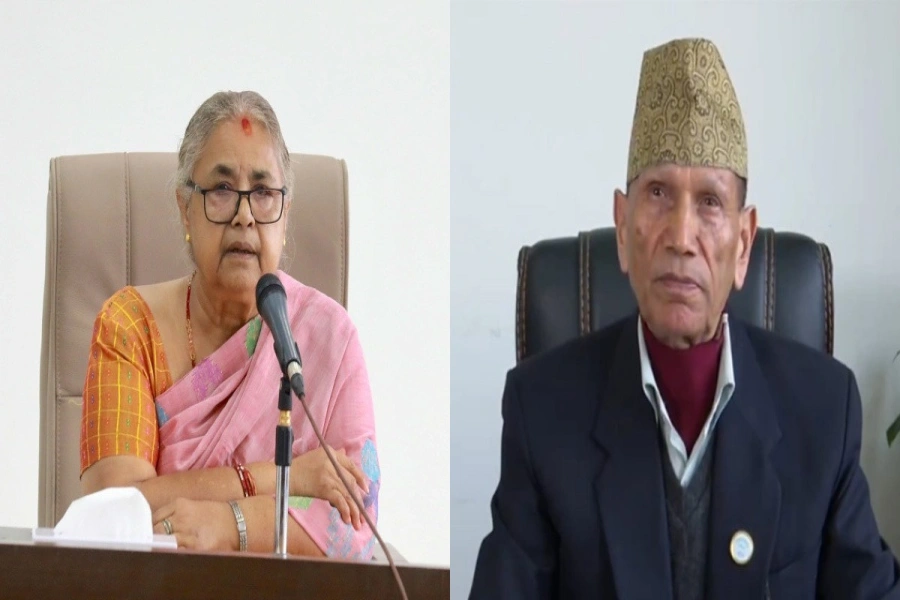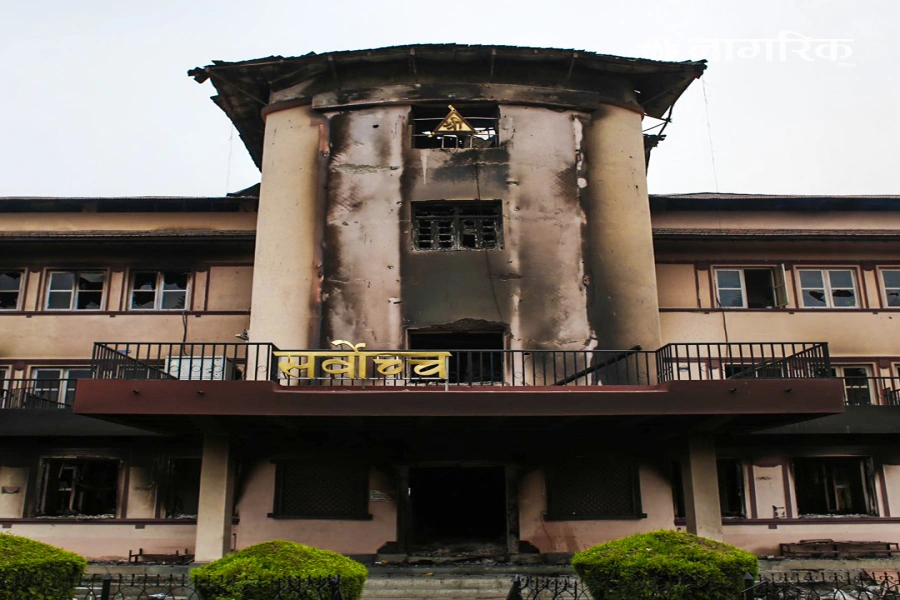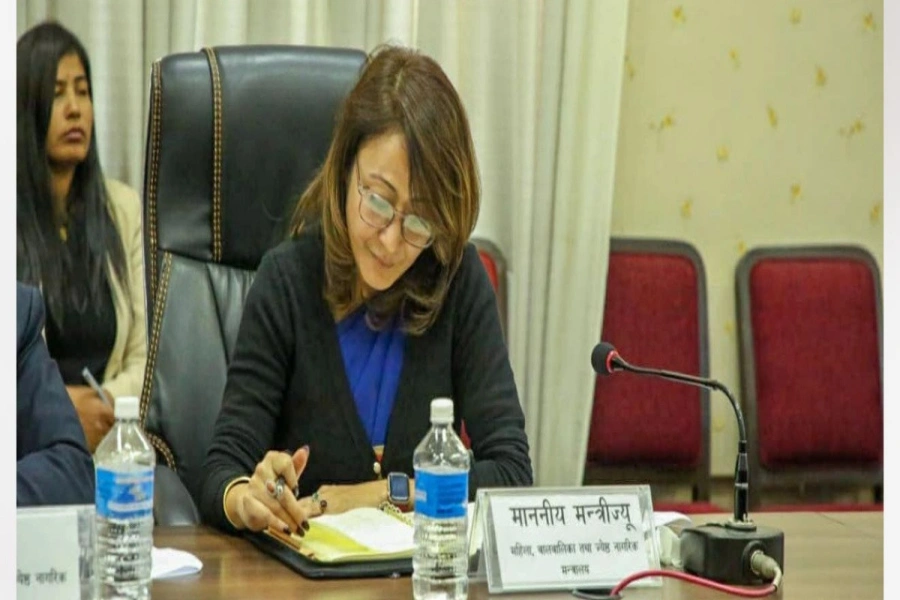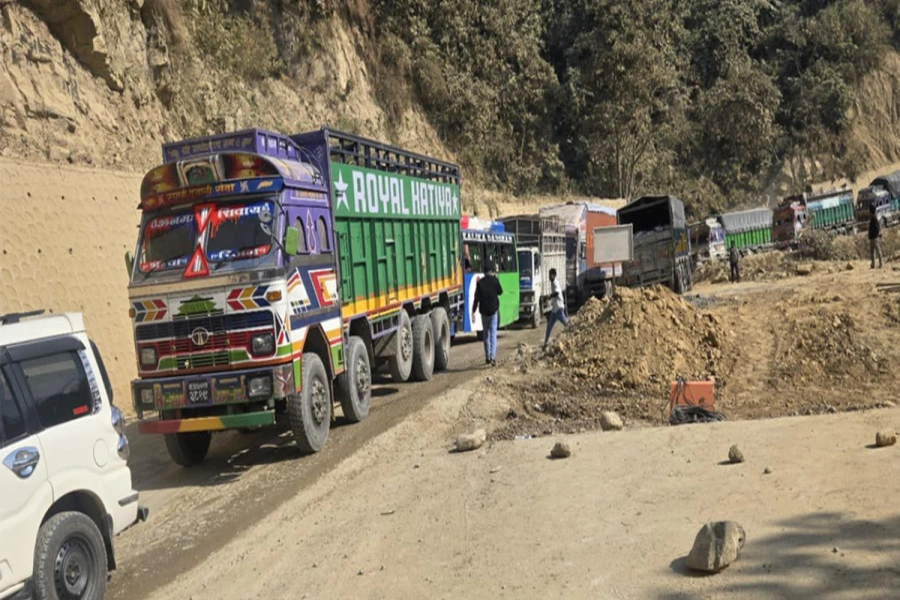As the continuation of USAID support to various critical sectors in Nepal hangs in balance, especially in view of the ongoing review of the USAID funding under the new administration, Nepal must start working on contingency plans to fill the possible gap in critical sectors such as health and education. The support of USAID—foreign assistance arm of the US government—has been a cornerstone of Nepal’s development efforts for a long time. However, the recent freeze on funding coupled with the looming review leaves Nepal in a precarious situation. Given the limited fiscal space Nepal has, the possibility of a withdrawal or reduction in US assistance could lead to a significant funding gap in various critical sectors. This could lead to a significant funding gap in key areas such as health and education, making it difficult to achieve the sustainable development goals and graduate from Least Developed Country (LDC) to a developing nation. While the development partners have initiated discussions on how they could support Nepal to mitigate the possible funding challenges, the government also needs to do necessary homework and make contingency plans to ensure that the programs on critical sectors continue without disruption despite withdrawal or reduction of the US assistance.
Energy Ministry enforces 'contingency expenditure work procedur...

Our national budget for the Fiscal Year (FY) 2024.25 presents a sobering picture of the financial constraints the country faces. With recurrent expenditures constituting 61.3% of the total budget (NPR 1,141 billion) and over 16% (NPR 300 billion) allocated to servicing debt, Nepal only has about 19% (NPR 352 billion) for development expenditure. As it is difficult to reduce the fund allocated for recurrent expenditure and debt servicing in the short term, the government has little room for maneuvering should the USAID cutback materializes. Even as the Finance Ministry is aware of the situation and internally working to seek alternative funding, it seems there is little margin to absorb such a loss without compromising essential services. In this context, it is positive to note that development partners have already begun to assess the potential gaps that may arise from reduced USAID support.
Discussions are reportedly underway to devise strategies for filling these gaps should the worst-case scenario unfold. Beyond bilateral donors, the role of multilateral organizations such as the UN and its specialized agencies will be vital, as they prepare to adjust their funding strategies to safeguard Nepal’s essential sectors including health and education. Yet, it is important to acknowledge the fact that development partners operating in Nepal may not be able to fully replace the scale of the USAID has traditionally provided. The suspension of programs like the USAID Health Direct Financing Project and the Early Grade Learning Program serves as a stark reminder of how crucial this aid has been to Nepal. With the uncertainty surrounding USAID’s support to Nepal, it is high time the government reassess its priorities, diversify its funding sources and strengthen its developmental partnerships. Making a contingency plan well in advance will help Nepal to ensure that critical sectors are not affected, regardless of changes in external scenarios.












